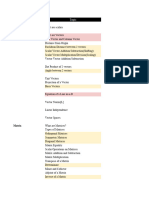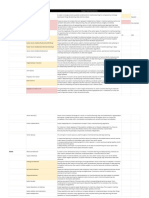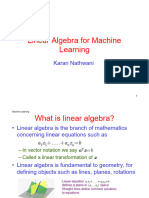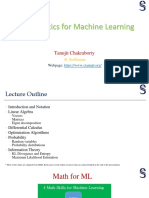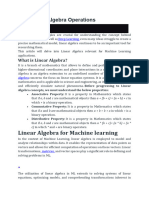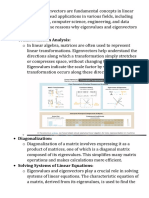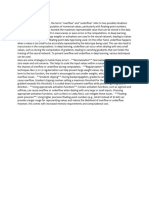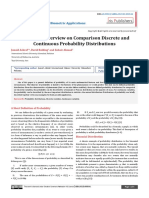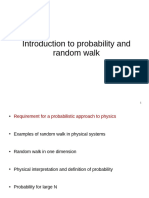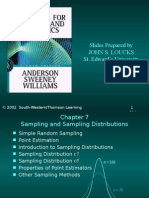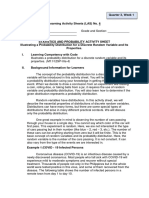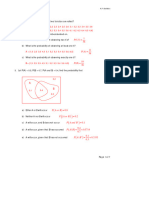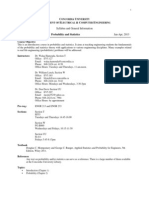0% found this document useful (0 votes)
85 views21 pagesMaths Roadmap For Machine Learning
Uploaded by
taruntomar9084Copyright
© © All Rights Reserved
We take content rights seriously. If you suspect this is your content, claim it here.
Available Formats
Download as XLSX, PDF, TXT or read online on Scribd
0% found this document useful (0 votes)
85 views21 pagesMaths Roadmap For Machine Learning
Uploaded by
taruntomar9084Copyright
© © All Rights Reserved
We take content rights seriously. If you suspect this is your content, claim it here.
Available Formats
Download as XLSX, PDF, TXT or read online on Scribd
/ 21
